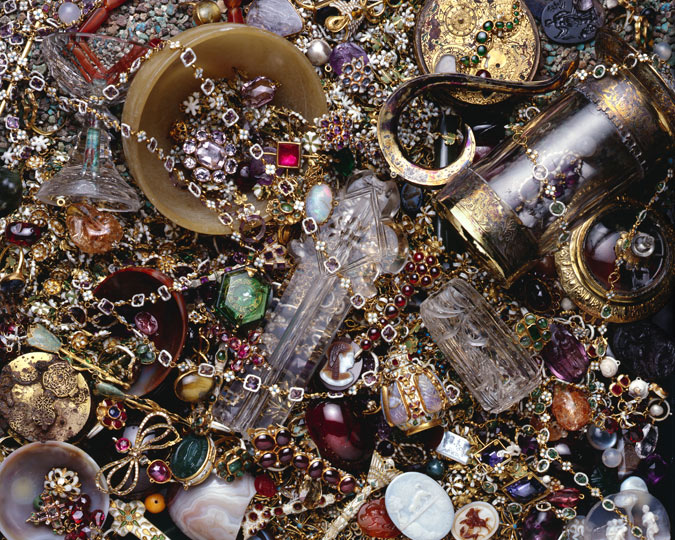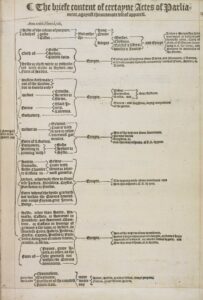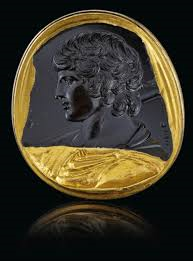
An overview of gemstones, history, discovery, uses and beliefs
Where would jewellery be without the precious and semi-precious gems used to give a focal point or accentuate it? I mean they are literally the jewel in jewellery! Using gems in jewellery is not a recent idea, in fact as more and more ancient finds are discovered, we see what an incredibly old artform it really is. In this guide we will look at the history of gems, discovery, uses, beliefs at the time.
History of Jewellery
Recently it has been discovered that the Neanderthals made primitive jewellery; the earliest finding being a necklace made from eagle’s claws. Beads, made from bone, teeth and sea shells have also been found relatively recently, a pre-cursor to using gems, including pearls, as beads. In Israel, a beaded necklace was found, dating to nearly 100,000 years ago. This amazing discovery indicates there was trading at this time as these beads, made from sea snails, were over 200km away from the sea.
In terms of jewellery made from or with gemstones, the earliest recorded discovery (currently!) is a bracelet made from chlorite, found in a cave in Siberia in 2008, which is believed to be 40,000 years old – more details found on this link.
Of course, one of the largest deposits of jewellery found from ancient times is from the discovery of King Tutankhamun. His grave had not been raided, unlike the vast majority of his predecessors. Here a large proportion of the jewellery found was adorned with gemstones, especially lapis lazuli, carnelian and turquoise. More information on Ancient Egyptian jewellery can be found in this article.

Uses of gemstones in jewellery
Gems were and are used in jewellery for a myriad of different reasons. Here we take a look at some of the main reasons; status, amulets and commitment.
One of the common early reasons to wear jewellery – especially jewellery with gemstones – was to show status. Indeed, in Europe, laws were passed (Sumptuary Laws 13th Century ) to limit the wearing of fine jewellery to the upper classes and high ranking church officials. This was due to the fact that the Crusades happening at the time had enabled more common folk to get their hands on goods coming from far flung paces, including precious gemstones.

Jewellery with gemstones were often used to act as amulets and talismans, largely with the thought to offer the wearer protection, health and in some cases to attract love. This practice was incredibly popular throughout Persia, to the Egyptians, Romans and Greeks.
- In Egypt amulets often represented animals, deities, symbols, or objects in miniature and accentuated with gemstones, for example: turquoise, amethyst, lapis lazuli, and chalcedony, which were used as symbols of the personality.
- For the Greeks, they often included references and symbols important to their Gods and Goddesses and introduced cameos and intaglios in about 100 B.C.
- Gemstones were revered by the Romans for their gem-specific spiritual powers, more of this will be uncovered in our next gemstone guide looking at each gem in turn.


They then moved in to being more a symbol of commitment, love, courtship, and also simply for fashion. Certain gems, especially red or pink coloured gems are thought to be connected to the heart and denote love; like rubies, pink sapphires, rose quartz, amethyst and pink tourmaline. We must not forget the diamond here too as it has long been a symbol of eternal love. As it is the hardest gem in existence, it is able to withstand a lot, whilst still remaining beautiful.
Further Gemstone Articles
In the articles that follow we will provide more information on both precious and semi-precious gems, highlighting their properties, noteworthy aspects and history in alphabetised order.
We will then look at gem cuts, and how these have developed over time, linking useful resources so that you can quickly and easily identify the cut and also the estimated carat weight of your gem.
Resources for the history of gemstones and their uses
Books
- Jewelry: From Antiquity to the Present – Clare Phillips
- Jewels & Jewellery – Clare Phillips
- A History of Jewellery, 110-1870 – Joan Evans
- The History of Jewelry: Joseph Saidian & Sons – Caroline Childers
Links
Please also take a look at our Antique jewellery buyers guides, from Art Deco through to Georgian Jewellery. Links below:
These guides are meant to be useful resources and we welcome feedback and suggestions, so don’t be shy! We intend to ensure they are iterative and get updated with added information as time goes on.
